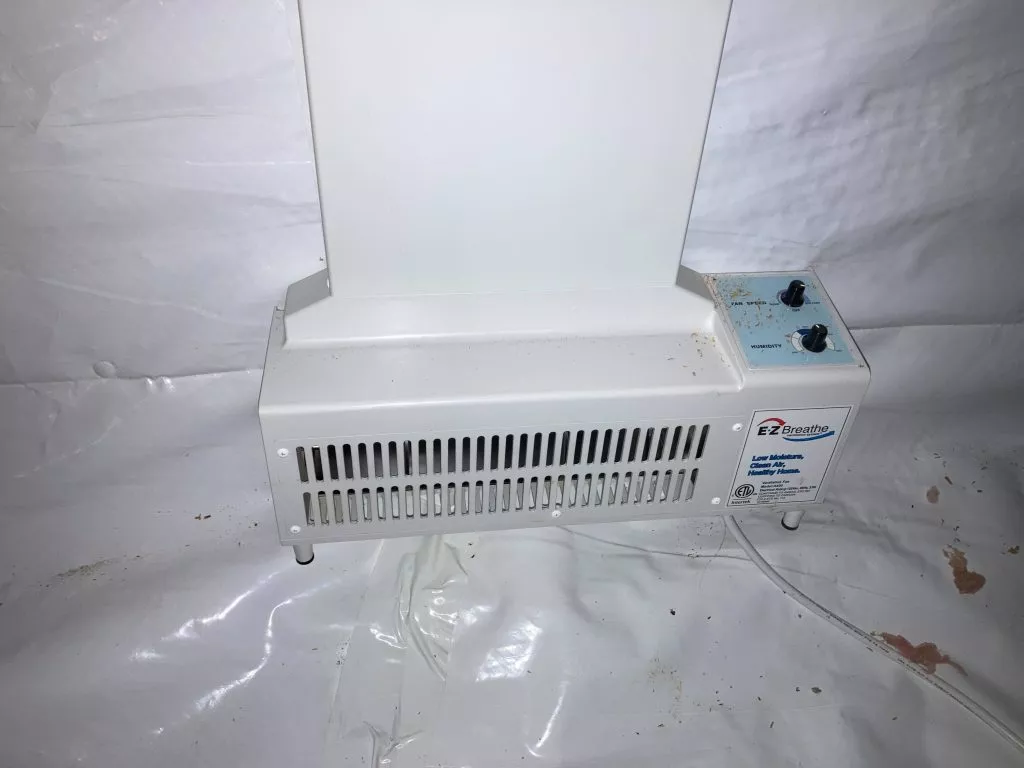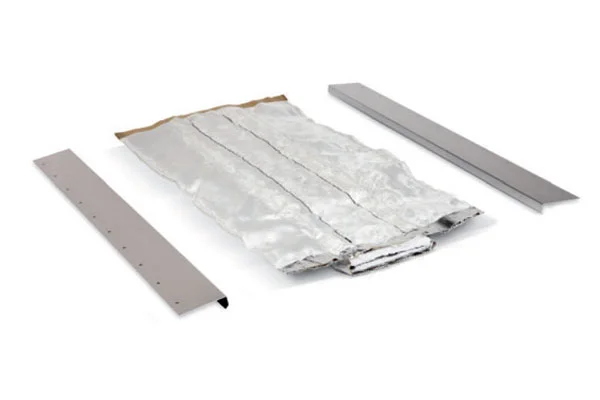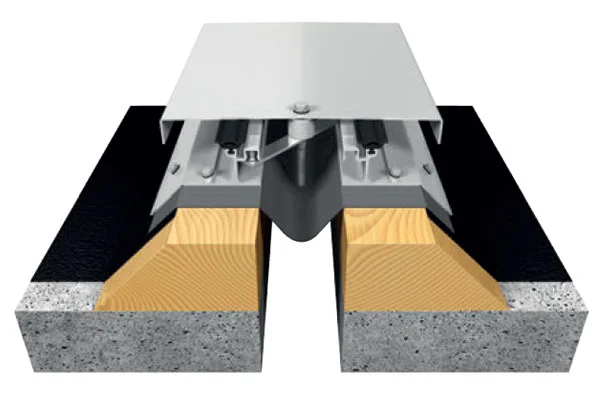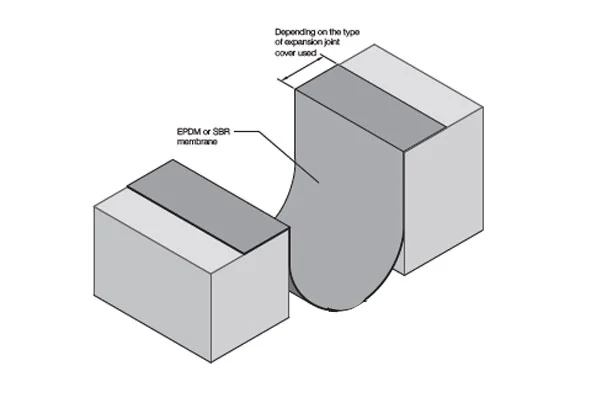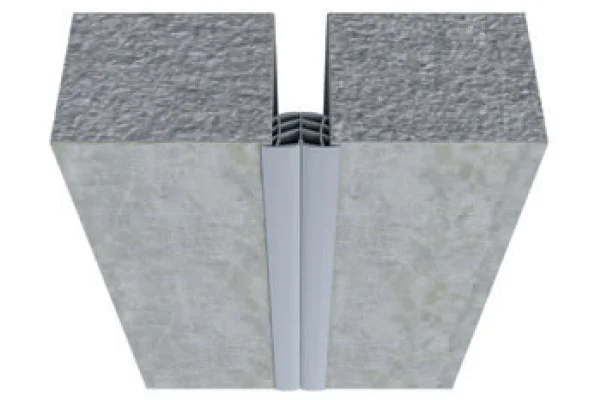When you’re in the process of comparing waterproofing warranties, what questions do you ask? It’s not just about the length of the warranty, but also, what does it truly cover? Does it include labor and materials? Are there any exclusions or limitations you should be aware of? Is the warranty transferable if you decide to sell your property? And what about the claims process how easy or difficult is it? These are all vital questions to evaluate and we’re here to guide you through each one, helping you to discern the best warranty for your needs.
Key Takeaways
- Ask about the warranty duration and whether it is transferable to new property owners.
- Inquire about the extent of coverage, specifically labor and material inclusions and exclusions.
- Clarify the claims process, required documentation, and timeline for filing a claim.
- Seek professional guidance to understand complex warranty terms and negotiate better conditions.
- Compare manufacturer’s and installer’s warranties, focusing on their limitations, overlaps, and the reputations of the providers.
Understanding Waterproofing Warranties
Often, understanding waterproofing warranties can seem like a challenging task. You’re not alone in thinking this. It’s easy to get lost in the complex warranty terminology, and common misconceptions don’t help either.
One misconception is that all warranties are the same. They’re not. Each warranty’s terms and conditions can vary considerably. It’s essential that you familiarize yourself with the specific language used in the warranty. Terms like “limited warranty,” “full warranty,” and “lifetime warranty” all have distinct meanings. Don’t assume you know what they mean without checking first.
Also, warranties may not cover everything you think they do. For example, a warranty might cover defects in materials or workmanship but not damage caused by natural disasters or improper maintenance. It’s your responsibility to read the fine print and understand what’s and isn’t covered.
Lastly, don’t fall into the trap of thinking that a longer warranty automatically means better coverage. Quality, not quantity, is what truly matters in a warranty.
Evaluating the Warranty Duration
Next, it’s essential for you to evaluate the warranty duration.
Understanding the length of the warranty can help you determine its overall value.
Not to mention, considering the impact of time limitations can reveal how long you’re truly protected.
Understanding Warranty Length
When choosing a waterproofing warranty, the length of coverage is an essential factor to reflect upon. It’s not just about what’s covered but for how long. Different warranty types provide varying coverage options, and you’ll want to carefully study each one.
Consider a warranty with a 10-year coverage. It might seem like a long time, but remember, waterproofing is meant to last. You need to ask yourself whether you’re comfortable with that span or if you’d prefer something longer, like 20 or even 30 years.
The table below provides a clearer picture of how warranty length can differ with various warranty types and associated coverage options:
| Warranty Types | Coverage Options | Warranty Length |
|---|---|---|
| Standard | Basic Coverage | 10 Years |
| Extended | Enhanced Coverage | 20 Years |
| Lifetime | Full Coverage | Lifetime |
Impact of Time Limitations
You might wonder, “Why does the duration of a warranty matter so much?”
Simply put, the duration of your warranty can greatly influence the longevity of your investment. The time frame is essential as it determines how long your waterproofing system is covered. Think of it as a safety net. The longer it lasts, the more secure you’ll feel about your investment.
But don’t just consider the length. It’s also important to understand the warranty implications.
Does the warranty cover only materials, or does it also include labor? What conditions could potentially void your warranty prematurely? And what’s your role in ensuring the warranty remains valid? These are all vital questions to ask.
Assessing Transferability of the Warranty
Now, let’s turn your attention to the transferability of the warranty.
It’s essential to grasp what this means and how it might affect you.
Consider factors like changing homeownership and how it impacts your warranty status.
Understanding Warranty Transferability
Transferability of a warranty is an important consideration in waterproofing solutions.
When you’re comparing warranties, you need to understand not just the warranty terms and coverage specifics, but also whether the warranty can be transferred.
Here’s why: let’s say you decide to sell your property down the line. If your warranty is transferable, the new owner will be covered under the same terms. That’s a significant selling point. It provides peace of mind for the buyer and adds value to your property.
But how do you know if your warranty is transferable? It should be stated clearly in the warranty terms. If it isn’t, don’t hesitate to ask. You’re entitled to know.
Factors Affecting Transferability
Several factors can influence the transferability of your waterproofing warranty.
It’s essential to understand these impact factors so you can make an informed decision about your transferability options.
Here are four key factors that can affect warranty transferability:
- Original Warranty Terms: Always check the fine print. Some warranties are transferable, others aren’t. It depends on the original terms agreed upon when the warranty was first issued.
- Proof of Maintenance: You might need to show that the waterproofing system has been properly maintained. This evidence could be vital for the warranty to be transferred.
- Timeframe of Transfer: Some warranties may only be transferred within a certain timeframe after the original installation. If you miss this window, the warranty mightn’t be transferable.
- Transfer Fees: Some companies may charge a fee to transfer the warranty. This could impact your decision to transfer the warranty or not.
Scrutinizing Labor and Material Coverage
Diving into the complexities of labor and material coverage can provide clarity on the true value of your waterproofing warranty.
It’s important to understand that labor and material coverage aren’t synonymous.
Labor coverage pertains to the costs of the workforce needed to apply the waterproofing. If a problem arises due to faulty workmanship, you’ll want to know that your warranty covers these costs. Don’t assume it’s included; ask directly about labor coverage.
On the other hand, material coverage refers to the actual waterproofing products used in your project. If a product fails to perform as advertised, the material coverage should kick in to cover the replacement costs. It’s vital to ask if the warranty includes all materials used, or only specific ones.
When scrutinizing labor and material coverage, be sure to ask about the duration of the coverage. Some warranties might offer full coverage for a few years, then decrease over time.
Others might provide steady coverage for the warranty’s duration. It’s these details that determine the real value of your warranty.
Identifying Exclusions and Limitations
Now that you’re familiar with labor and material coverage, it’s important to turn your attention to exclusions and limitations in your waterproofing warranty. These are often the fine prints that can make or break your warranty claims.
Exclusions and limitations are stipulations that outline the circumstances under which your warranty won’t be applicable. For instance, exclusion examples might include damage resulting from natural disasters, acts of war, or failure to maintain the waterproofed area properly.
Understanding limitation definitions, on the other hand, is critical in knowing the maximum extent of your warranty coverage. These could be monetary caps on repair costs or timeline restrictions on when you can file a claim.
To help you navigate this, here are four key steps:
- Read the warranty carefully: Look for terminology relating to exclusions and limitations.
- Seek clarification: If something isn’t clear, ask your provider for an explanation.
- Document everything: Keep a record of all conversations and correspondence for future reference.
- Get professional help: Consider hiring a lawyer if you’re struggling to understand the legal jargon.
Determining the Claims Process
After meticulously scrutinizing the exclusions and limitations of your waterproofing warranty, it’s equally as important to comprehend the claims process. This is a vital part of your warranty coverage, and understanding it can save you a great deal of stress should you need to file a claim.
First, get to know the claims documentation process. This typically involves providing proof of damage, so keep all related paperwork like invoices and inspection reports. You’ll likely need to complete a claims form detailing the nature of the damage, when it occurred, and any mitigation efforts you’ve undertaken.
Next, gauge the quality of customer support. You want a warranty provider that’s communicative, efficient, and clear about the claims process. If you have questions or concerns, they should be readily available to address them. Some providers may even assign you a dedicated claims representative to guide you through the process.
Lastly, find out about the claim approval times. Prompt repairs are essential to prevent further damage, so you don’t want to be waiting on a slow claims process.
Checking for Maintenance Requirements
You’ve got to understand the warranty stipulations to guarantee you’re not inadvertently voiding your warranty.
Regular checkups are essential because they can help detect potential issues before they escalate into major problems.
Understanding Warranty Stipulations
When looking at waterproofing warranties, it’s vital to understand the stipulations.
Don’t fall prey to common misconceptions; the devil is often in the details.
Here’s a quick guide to help you navigate through the warranty terminology:
- Extent of Coverage: Not all warranties cover the same things. Some might cover labor and materials, while others only cover materials. Make sure you’re clear on what’s included.
- Duration: How long does the warranty last? It’s important to know the length of time you’re covered.
- Transferability: Can the warranty be transferred if you sell your property? This could affect the resale value of your home.
- Exclusions: What’s not covered? Most warranties have exclusions, and it’s vital to know what they are.
Importance of Regular Checkups
Just as understanding warranty stipulations can serve as a safety net for your property, regular maintenance checkups are equally important.
Don’t underestimate the value of regular inspections. They can highlight minor issues before they escalate into major ones, potentially saving you a lot of money and stress.
Investing in proactive maintenance will keep your waterproofing system in excellent condition, thus extending its lifespan.
It’s like taking your car for routine oil changes and tire rotations – you’re keeping everything running smoothly to prevent breakdowns.
Regular checkups also guarantee your warranty stays valid.
Comparing Manufacturer’s Vs Installer’s Warranties
In the domain of waterproofing, understanding the difference between a manufacturer’s warranty and an installer’s warranty is essential.
These two types of warranties offer different kinds of coverage, and knowing which one you’re dealing with can help you make smarter decisions about your waterproofing project.
- Manufacturer’s Warranty: This warranty comes from the maker of the waterproofing materials.
It covers defects in the materials themselves. However, it doesn’t cover the installation process. You’ll want to take into account the manufacturer’s reputation when choosing materials, as this can affect the reliability of the warranty.
- Installer’s Warranty: On the other hand, this warranty comes from the company or individual who installs the waterproofing system.
It covers issues that arise from the installation process. Here, the installer’s experience is vital. An experienced installer is more likely to do a thorough job, reducing the likelihood of needing to invoke the warranty.
- Overlap: There may be some overlap between these two warranties, so read both carefully.
- Limitations: Each warranty will have its own set of limitations and exceptions.
Make sure you’re aware of these before proceeding with your project.
Knowing Your Rights and Responsibilities
Understanding your rights and responsibilities within the domain of waterproofing warranties is essential. When you purchase a product or service, your warranty rights are fundamental protections provided to you. They guarantee that if the waterproofing doesn’t perform as promised, you’re not left out in the rain.
You have the right to expect the product to function as described and the service to be performed competently and professionally.
Your warranty responsibilities, on the other hand, involve proper use, maintenance, and timely reporting of issues. You can’t neglect your property, misuse the product, or fail to report a problem, then expect the warranty to cover the resulting damage.
It’s important to read and understand all warranty documents. You’re required to follow all guidelines, which may include regular maintenance and inspections.
The Importance of Professional Guidance
Seeking professional guidance in maneuvering through waterproofing warranties can be a game-changer. With warranty complexities often leaving consumers puzzled, expert consultations can simplify matters and guarantee you’re making the right decisions.
Here’s why professional guidance is indispensable:
- Clarity: Experts can help decipher the jargon-filled warranty documents, making them easier to comprehend.
- Comparison: They can assist you in comparing multiple warranties, highlighting key differences you might overlook.
- Protection: By understanding the fine print, you’ll know your rights and can protect yourself from potential pitfalls.
- Negotiation: With their knowledge and experience, professionals can guide you in negotiating better warranty terms.
Don’t let the confusion of warranties deter you from making informed decisions about your property’s waterproofing needs.
When in doubt, seek expert advice. They’re adept at steering through warranty complexities, helping you understand what you’re signing up for.
Remember, it’s not just about getting a warranty; it’s about confirming that warranty provides you with the coverage that you need.
Professional guidance can make this process less intimidating and more beneficial in the long run.
Frequently Asked Questions
What Are the Common Signs of a Poorly Waterproofed Structure?
You’re likely dealing with a poorly waterproofed structure if you notice signs of water damage, such as ceiling stains, peeling paint, or warped floors.
Additionally, moisture buildup on walls, windows, or other surfaces can indicate insufficient waterproofing.
You’ll often smell a musty odor or see mold growth.
Don’t ignore these signs, as they can lead to costly repairs if not addressed promptly.
How Does Weather Influence the Effectiveness of Waterproofing?
When comparing warranties, you should question how weather patterns affect the effectiveness of waterproofing materials.
Different climates can impact the performance of these materials. In harsh weather, some may degrade faster.
Ask if the warranty covers damages caused by weather conditions. It’s essential to guarantee you’re protected if your region’s weather could potentially compromise your structure’s waterproofing.
Is the Cost of Waterproofing Covered by Home Insurance?
When evaluating if your home insurance covers the cost of waterproofing, you’ll need to check your policy details.
Insurance coverage varies widely, so it’s crucial to understand what’s included. Some policies may cover water damage, but not necessarily the waterproofing process itself.
Check the claim process too. It’s possible you’ll be reimbursed after the work is done, but again, it depends on your specific insurance terms.
Always clarify with your provider.
How Often Should a Waterproofing Inspection Be Conducted?
When considering how often a waterproofing inspection should be conducted, you shouldn’t overlook the benefits of frequent checks.
Regular inspections can identify potential problems early, saving you costly repairs in the future.
Generally, you’ll want to schedule an inspection every couple of years, but it’s best to consult with your waterproofing professional.
They can recommend the ideal inspection frequency based on your home’s specific needs and conditions.
How Can I Effectively Communicate With the Warranty Provider?
When you’re reaching out to your warranty provider, clarity is key.
Don’t hesitate to ask about the specifics of your warranty terms and coverage limits. You’ll want to know exactly what’s covered and what’s not.
If something’s unclear, ask for clarification. Remember, you’re entitled to understand every detail of your warranty.
Don’t be afraid to keep asking questions until you’re completely confident in your understanding.
Conclusion
So, now you know what to ask when comparing waterproofing warranties. Remember, it’s not just about the length of coverage, but also what’s included, any exclusions, and if it’s transferable. Be sure to understand the claims process and any maintenance requirements. Don’t forget to compare manufacturer’s and installer’s warranties. Knowing your rights and responsibilities, and seeking professional guidance can truly help you make an informed decision. Remember, a savvy consumer is a protected consumer.

